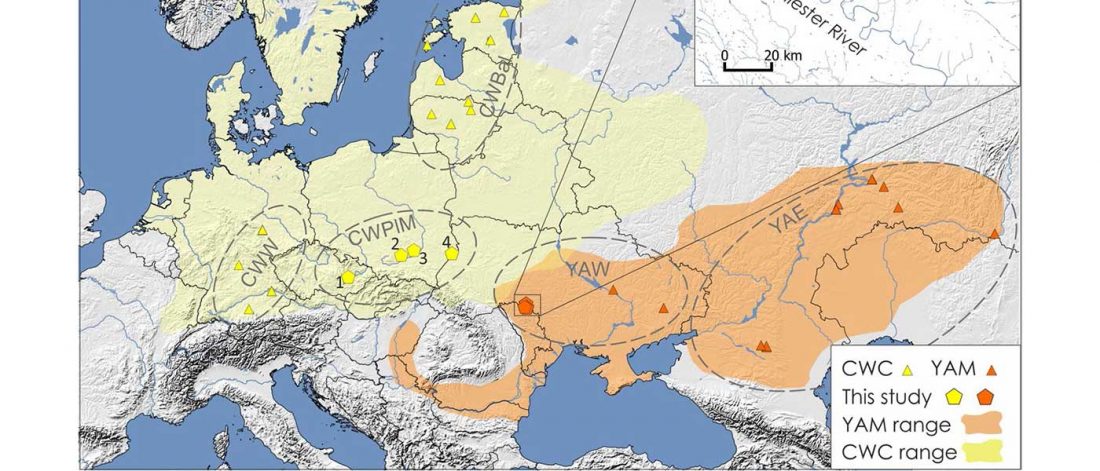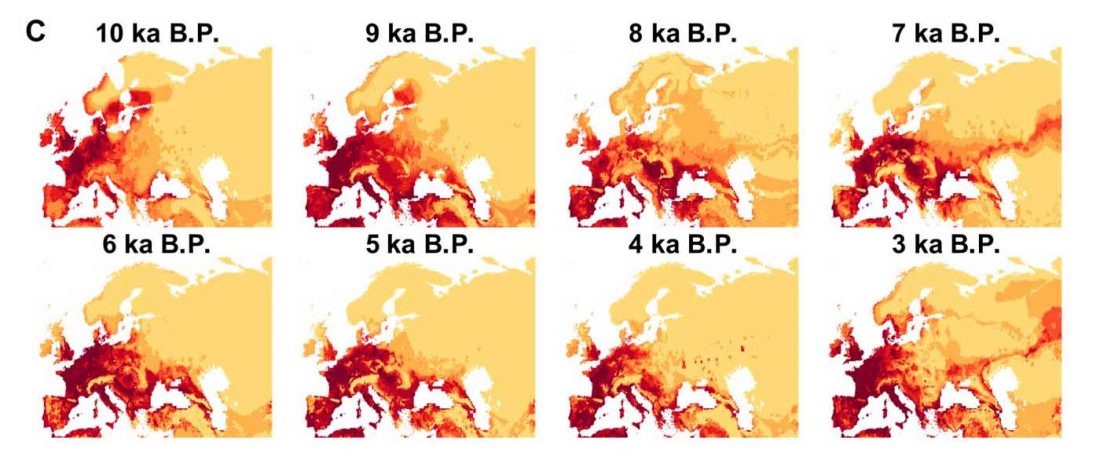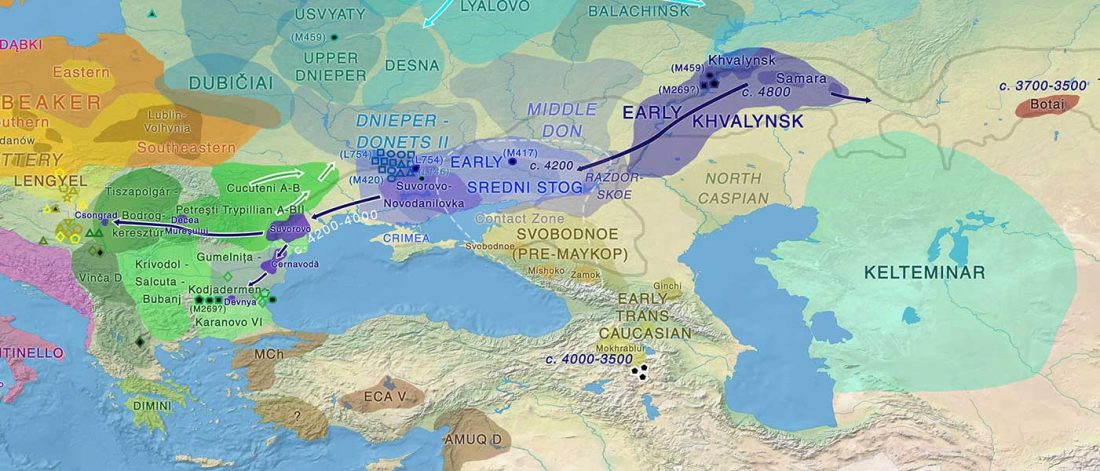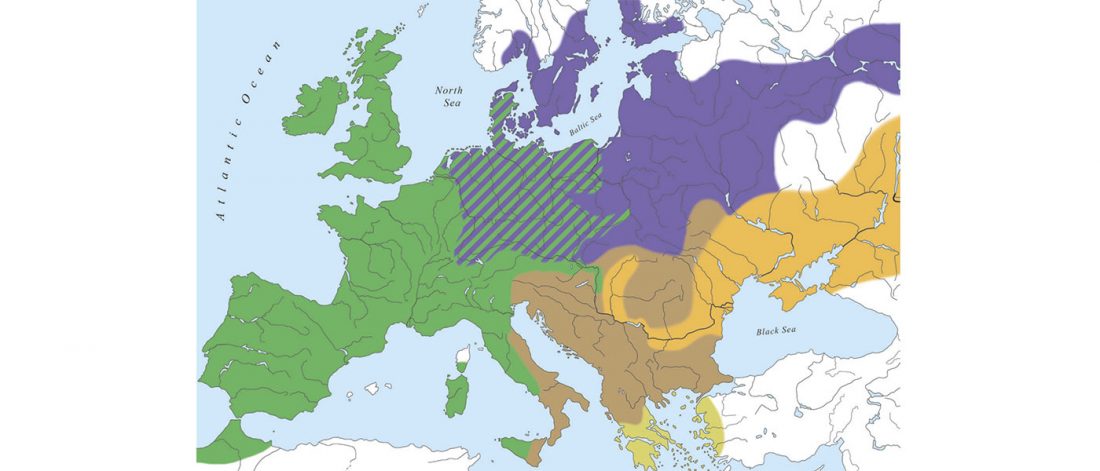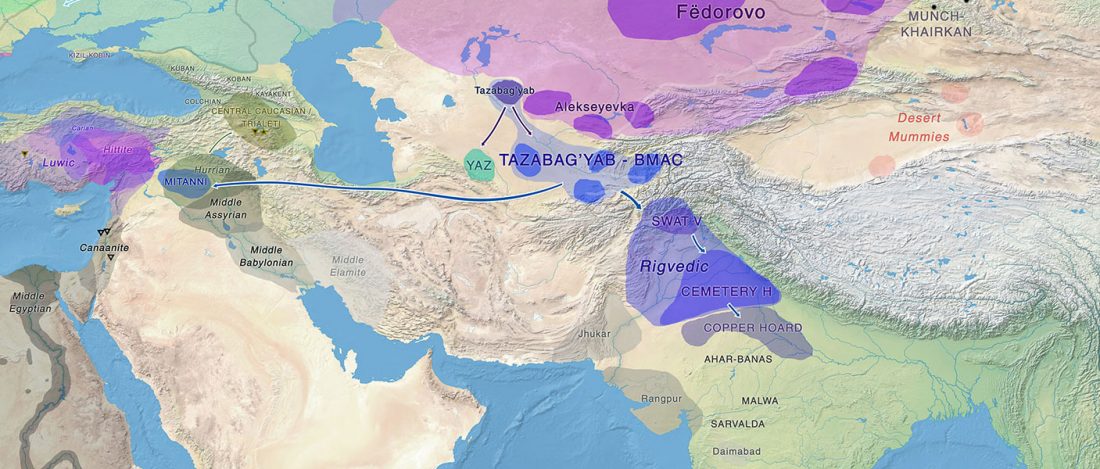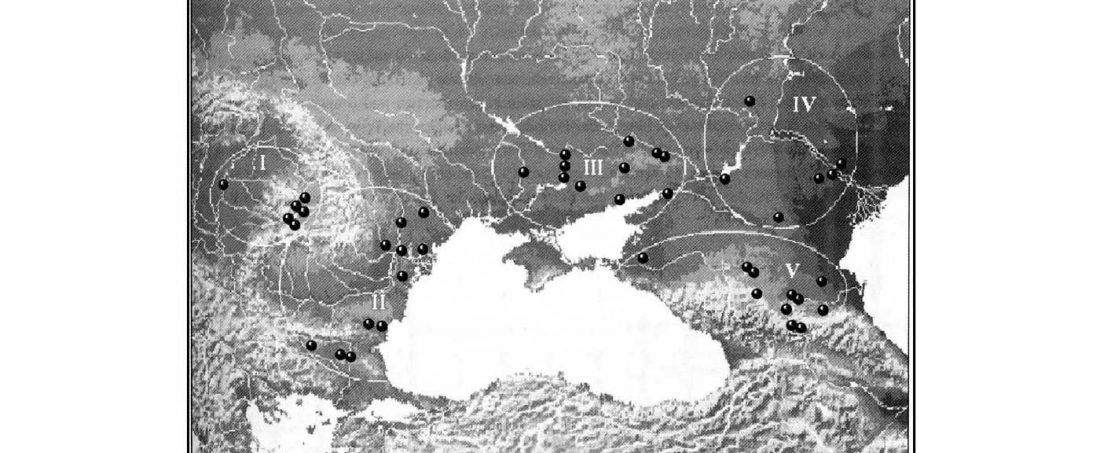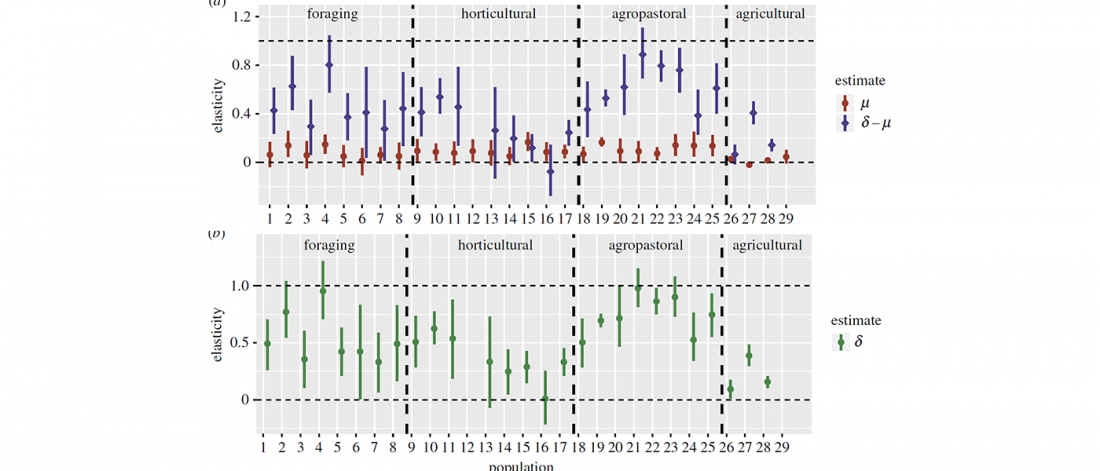Mitogenomes show likely origin of elevated steppe ancestry in neighbouring Corded Ware groups
Open Access Mitochondrial genomes reveal an east to west cline of steppe ancestry in Corded Ware populations, by Juras et al., Scientific Reports (2018) 8:11603.
Interesting excerpts (emphasis mine, references have been deleted for clarity):
… Read the rest “Mitogenomes show likely origin of elevated steppe ancestry in neighbouring Corded Ware groups”Ancient DNA was extracted from the Corded Ware culture individuals excavated in southeastern Poland (N = 12) and Moravia (N = 3). Late Eneolithic (N = 5) and Bronze Age human remains (N = 25) originated from western Ukraine and came from the Yampil barrow cemetery complex located in the north–western region of the Black Sea. Bronze Age individuals were associated with different archaeological
